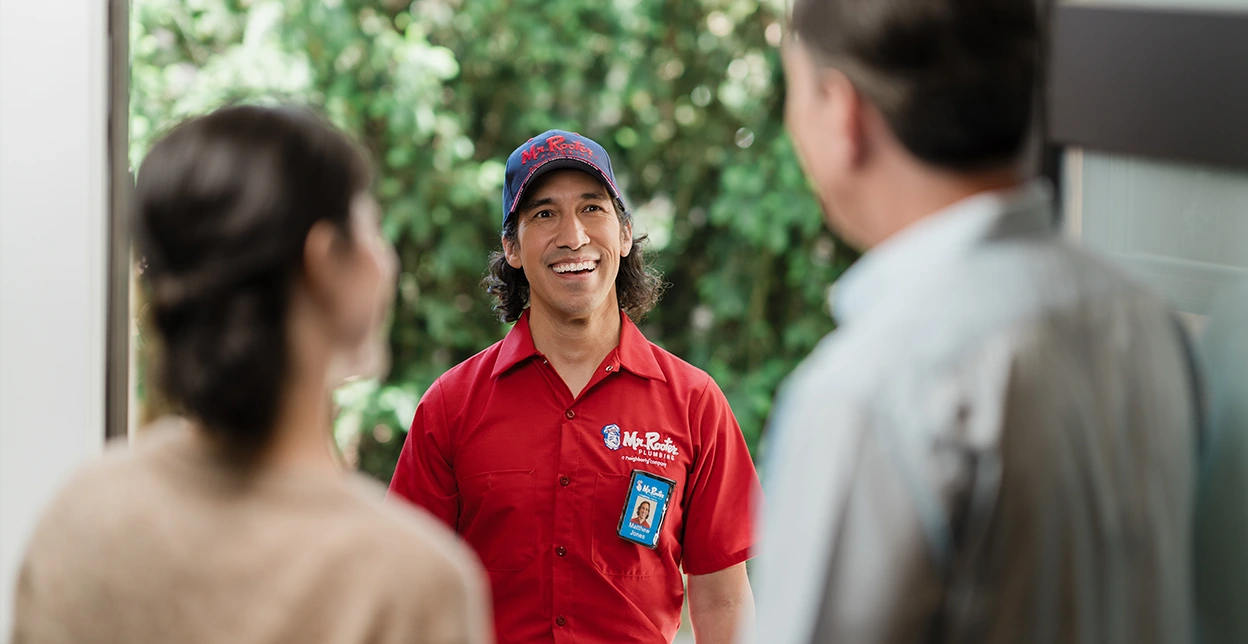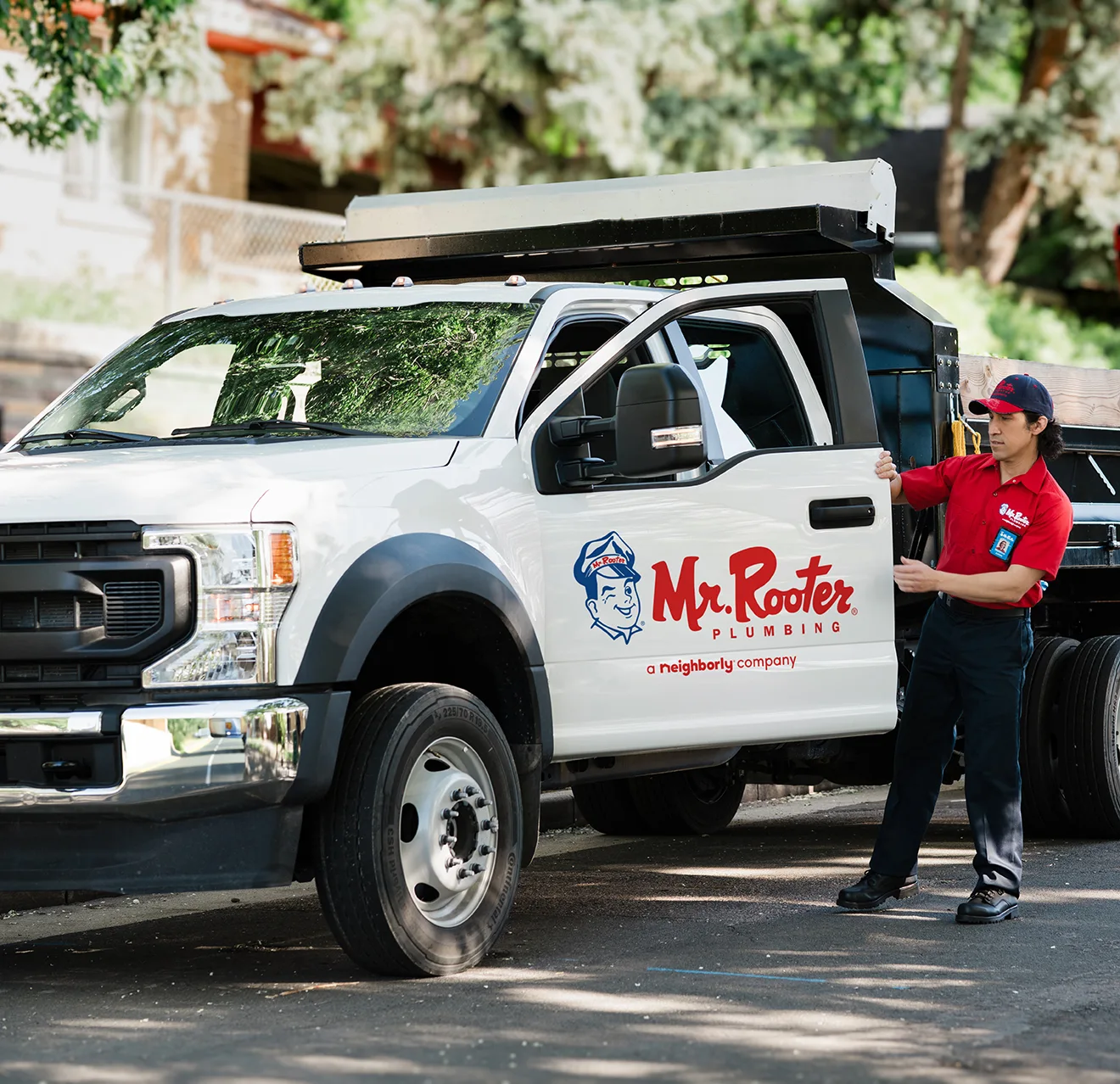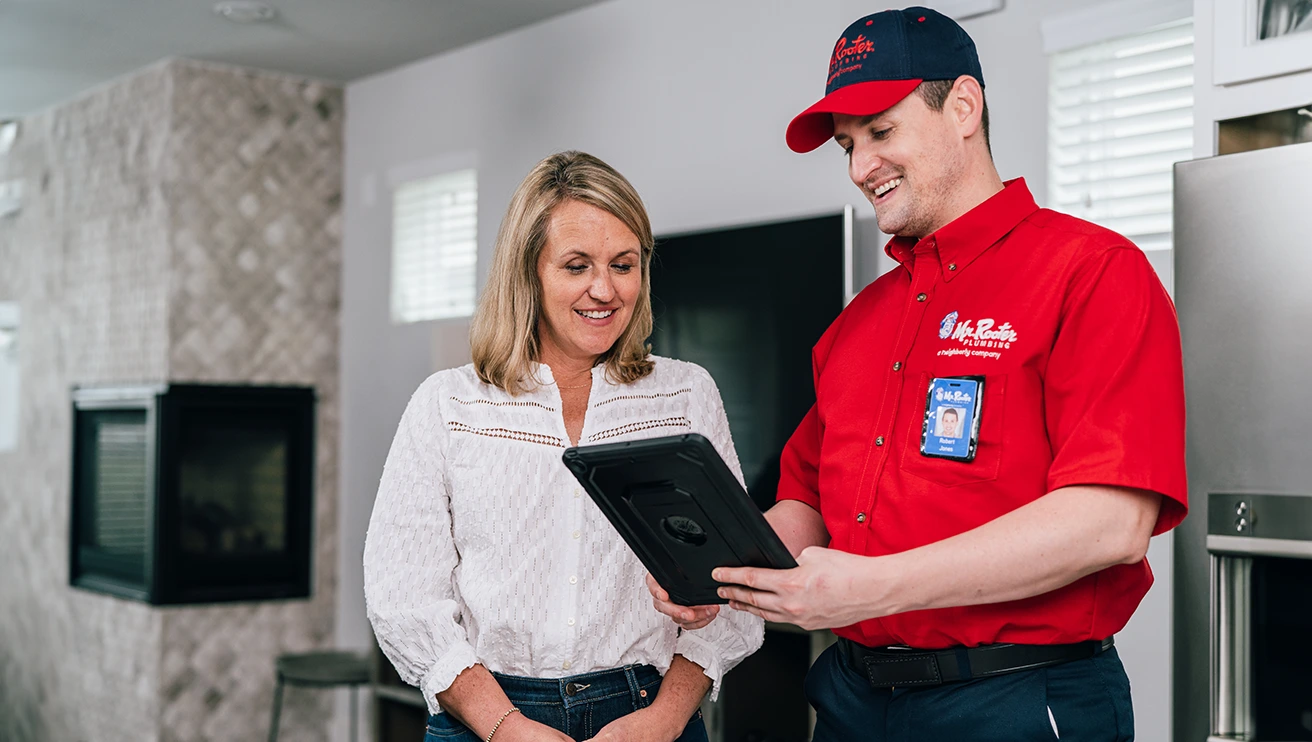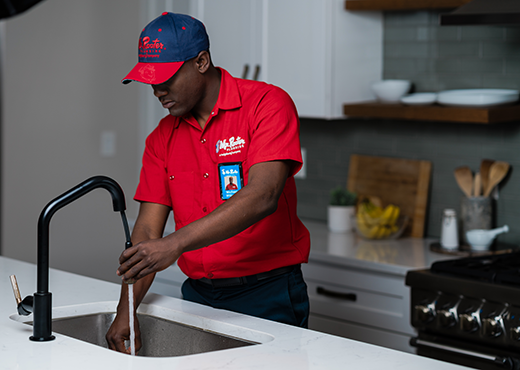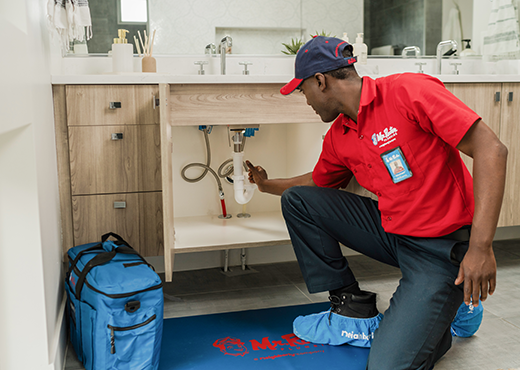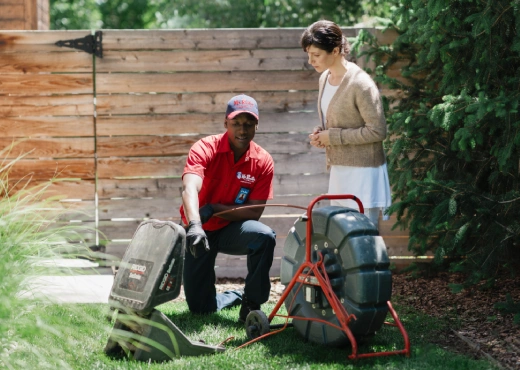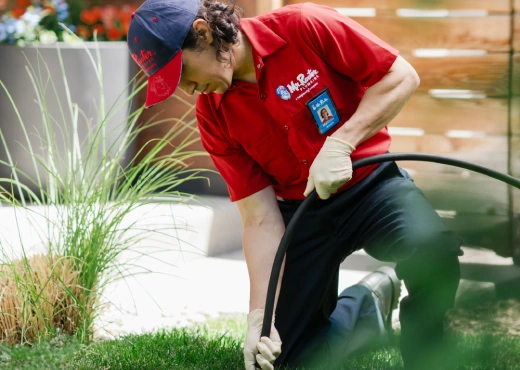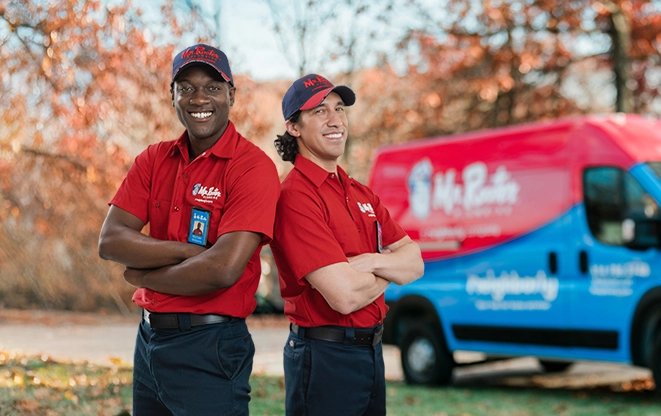When your sewer line has suffered severe damage or collapsed due to various factors like age, tree root intrusion, or ground movement, pipe bursting is often the ideal solution. This trenchless technique involves breaking apart the old, damaged pipe while simultaneously pulling a new sewer drain into place.
Here's how it works: A small access point is created at one end of the sewer line, typically through a small excavation or an existing cleanout. A specialized hydraulic system is used to insert a bursting head into the damaged pipe. The bursting head has a cone-shaped tip designed to fracture the old pipe. As the bursting head advances through the old pipe, it breaks the damaged pipe apart. Simultaneously, a new, high-density polyethylene (HDPE) pipe is pulled into place behind the bursting head, effectively replacing the old sewer line with a durable, corrosion-resistant material.
Pipe bursting offers several advantages, including minimal disruption to your property and a faster completion time compared to traditional excavation methods.
Pipe Relining
Pipe relining, also known as cured-in-place pipe (CIPP) lining, is an excellent choice when your sewer pipes have minor damage, such as cracks, small leaks, or corrosion. This trenchless method involves creating a new inner lining within the existing pipe, effectively restoring its functionality.
Here's how it works: A flexible liner, typically made of resin-saturated felt or fiberglass, is inserted into the existing sewer pipe through small access points or cleanouts. The liner is inflated and pressed against the interior walls of the old pipe. The resin cures and hardens, creating a seamless and durable inner lining within the existing pipe. Once the resin has fully cured, the new lining effectively seals off any cracks, leaks, or corrosion, restoring the sewer line's integrity.
Pipe relining is a cost-effective solution that minimizes disruption, as it requires little to no excavation. It also extends the lifespan of your sewer pipes and enhances their resistance to future corrosion and root intrusion.
Directional Drilling
Directional drilling is an innovative trenchless method used to create new sewer lines with minimal excavation, making it an ideal choice for installing sewer lines in challenging or environmentally sensitive areas.
Here's how it works: A small entry and exit point are established at either end of the intended sewer line path. A drilling machine is used to create a small, horizontal borehole underground, guided by advanced tracking and steering systems. As the drill progresses, it simultaneously removes soil and lays the sewer pipe in place. Once the drilling is complete, the sewer pipe is connected to the existing plumbing system.
Directional drilling minimizes disruption to landscapes, roadways, and other structures while allowing for the installation of a new sewer line efficiently and with precision. It's an excellent option for both residential and commercial projects, especially when traditional excavation is not feasible.
Throughout the trenchless sewer line replacement process, we take care to ensure minimal disruption to your property and landscaping, making the entire experience as stress-free as possible. No matter your sewer line replacement needs, Mr. Rooter Plumbing has the expertise and technology to recommend and execute the most suitable trenchless method, ensuring a smooth and efficient process while preserving the integrity of your property.
